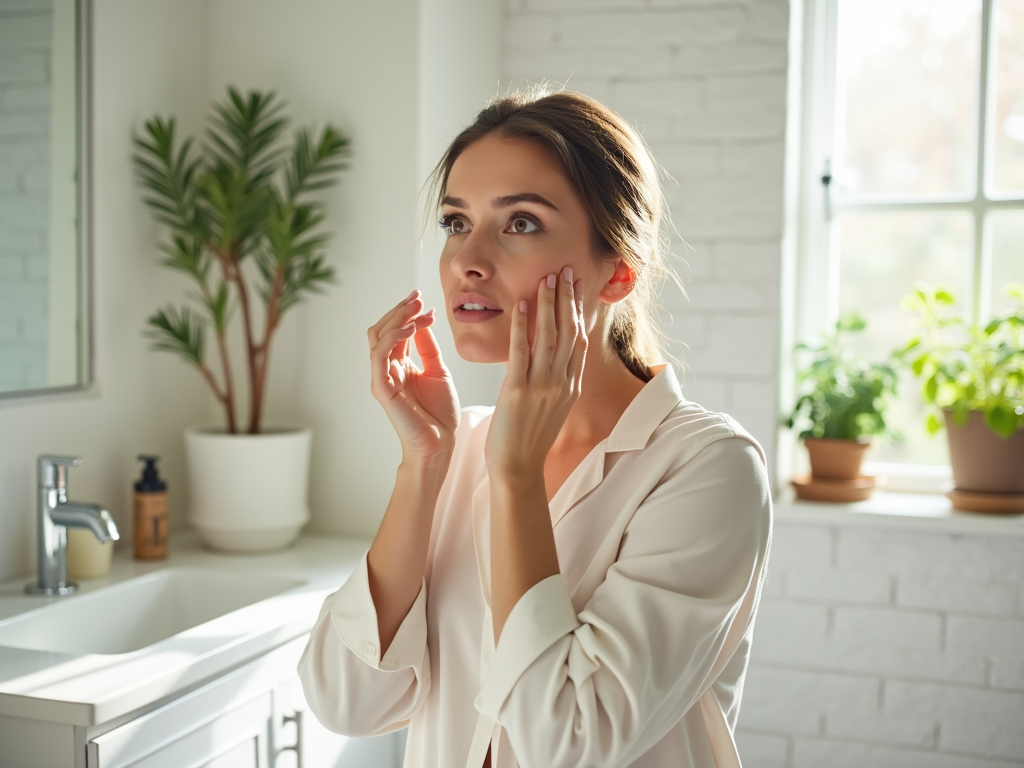When it comes to achieving a flawless face, understanding the importance of foundation, powder, and other essentials is crucial. This article will provide comprehensive insights into these makeup staples, helping you perfect your beauty routine.
The Essentials: Foundation
Foundation is the cornerstone of any makeup look. It evens out the complexion, provides a base for other products, and helps in creating a smooth canvas. Foundations come in various forms such as liquid, powder, cream, and stick, catering to different skin types and preferences. Selecting the right shade is imperative; always test foundation on your jawline to find the closest match to your skin tone.
When choosing a foundation, consider your skin type. Those with oily skin might benefit from a matte, oil-free formula, while dry skin types might prefer a hydrating, dewy finish. Additionally, foundations offer different levels of coverage – from sheer to full – allowing you to customize the look you desire. For a more natural look, opt for light to medium coverage and build up as needed.
The Role of Powder: Setting and Finishing
Powder serves two primary functions in a makeup routine: setting and finishing. Setting powders lock in foundation and concealer, ensuring longevity and reducing shine throughout the day. Finishing powders, on the other hand, are used to blur fine lines and pores, giving the skin a smooth, airbrushed appearance.
Setting powders are typically translucent and can be either loose or pressed. Loose powders tend to be lighter and suitable for those with oily skin, while pressed powders are portable and convenient for touch-ups on the go. When applying powder, use a fluffy brush for even distribution, or a damp sponge to press it into areas that are prone to oiliness.
Concealer: Targeting Imperfections
Concealer is a powerful tool for targeting specific imperfections such as dark circles, blemishes, and redness. Like foundation, concealers come in various formulations including liquid, cream, and stick. The key is to choose a concealer that complements your foundation and addresses your specific concerns.
A concealer that is one to two shades lighter than your foundation works best for brightening under the eyes, while a shade that matches your foundation is ideal for covering blemishes. Apply concealer in thin layers and blend well to avoid a cakey appearance. For added longevity, set the concealer with a translucent powder.
The Importance of Primers
Primers create a smooth base for makeup application and can greatly enhance the performance of your foundation and concealer. They can address specific skin concerns such as large pores, redness, or uneven texture. Silicon-based primers are known for their pore-filling properties, while hydrating primers are suitable for dry skin.
To apply primer, use a pea-sized amount and spread it evenly across your face, focusing on areas that need the most attention such as the T-zone. Allow the primer to set for a few minutes before proceeding with foundation. This step helps in minimizing the appearance of pores and fine lines, and it ensures that your makeup stays put for longer.
Setting Sprays: The Final Touch
Setting sprays are the final touch to lock your makeup in place, providing a long-lasting and flawless finish. They help in preventing makeup from melting, creasing, or fading throughout the day. Setting sprays come in different formulations to cater to various skin types and desired finishes, such as dewy or matte.
To use a setting spray, hold the bottle about 8-10 inches away from your face and mist it in an “X” and “T” pattern to ensure even distribution. Allow the spray to dry naturally, and avoid touching your face to maintain the integrity of your makeup. Setting sprays are particularly useful for special occasions or long days when you need your makeup to last.
Conclusion
Achieving a flawless face involves understanding and utilizing the right makeup products, including foundation, powder, concealer, primer, and setting spray. Each product plays a unique role in your makeup routine, catering to specific needs and enhancing your overall look. By selecting products that suit your skin type and preferences, and applying them correctly, you can create a beautiful, long-lasting makeup look every time.
FAQs
1. How do I choose the right foundation for my skin type?
Consider your skin’s needs: oily skin benefits from a matte, oil-free formula, while dry skin requires a hydrating, dewy finish. Test foundations on your jawline to find the perfect shade match.
2. What’s the difference between setting powder and finishing powder?
Setting powder locks in your makeup and reduces shine, whereas finishing powder provides a smooth, blurred effect, minimizing the appearance of fine lines and pores.
3. How can I prevent my concealer from creasing?
Apply concealer in thin layers and blend well. Setting it with a translucent powder helps in keeping it in place and prevents creasing throughout the day.
4. Are primers necessary for a flawless makeup finish?
While not mandatory, primers greatly enhance the longevity and appearance of your makeup by creating a smooth base and addressing skin-specific concerns such as large pores or redness.
5. How do I properly use a setting spray?
Hold the bottle 8-10 inches from your face and mist in an “X” and “T” pattern for even coverage. Allow it to dry without touching your face for the best results.



